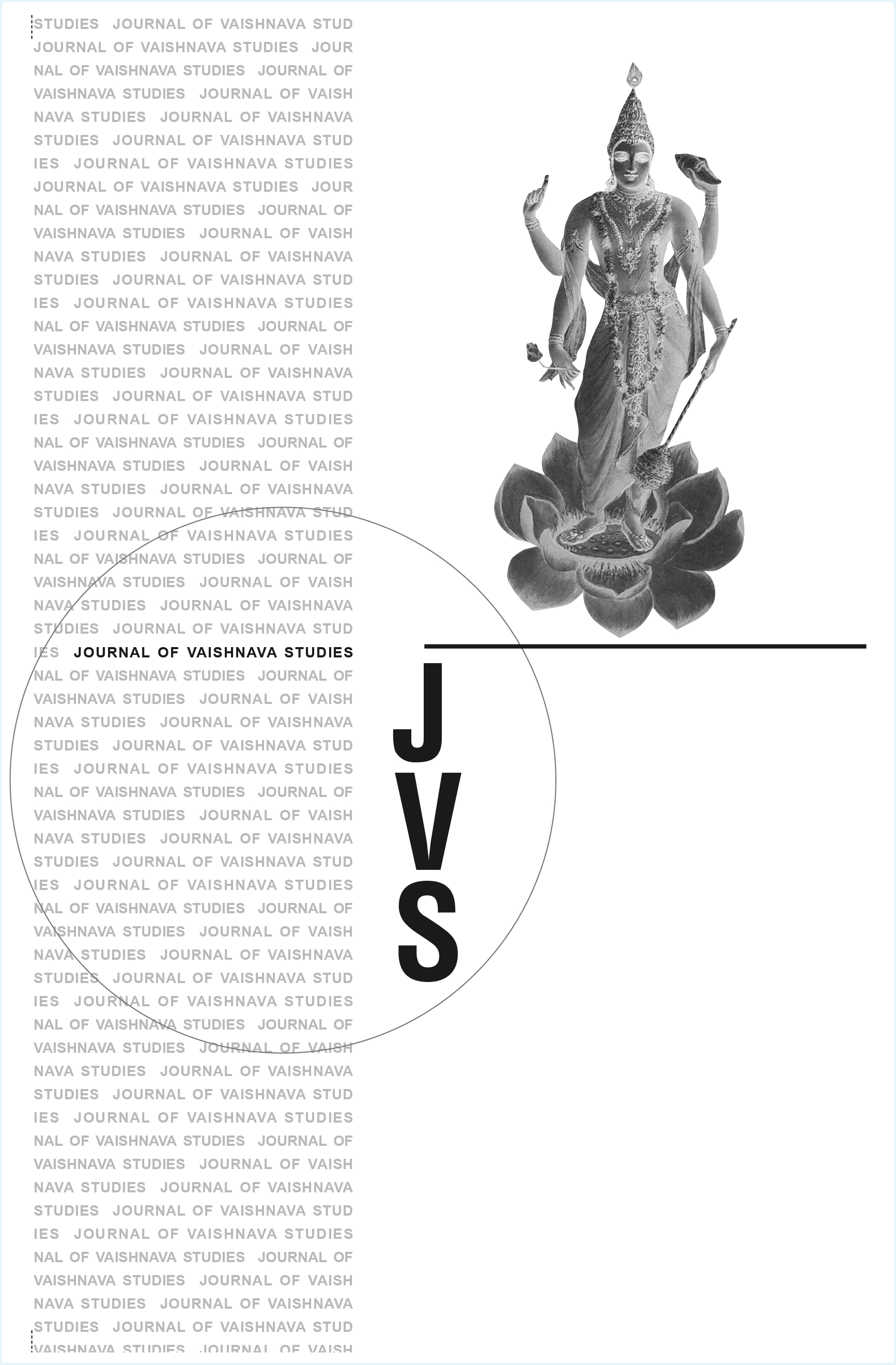Krsna in the Bhagavad-gita
A Beginning 5 Ontology from the Gaudiya Perspective
Keywords:
Bhagavad-gita, Krishna (Kṛṣṇa), Ontology, Gaudiya Vaishnavism, Self-evident scripture (svataḥ-prāmāṇyam), Monotheism, Individual souls, Supreme controller, Monism, Spiritual body, Acintya bhedābheda tattva, Māyā, Vedic literature, Sri Caitanya Mahaprabhu, Prakasananda Sarasvati, Śaṅkarācārya (Shankara), Madhvacharya, Ramanujacharya, Demigods, Liberation (moksha), Material world, Spiritual worldAbstract
This paper by H. J. Resnick offers a Gaudiya Vaishnava interpretation of the Bhagavad-gita, presenting what the author calls a "beginning ontology" centered on Krishna. It argues that the Gita is a self-evident (svataḥ-prāmāṇyam) and internally consistent text, which has often been misunderstood due to external philosophical impositions. Drawing upon the historical debate between Sri Caitanya Mahaprabhu and Prakasananda Sarasvati, the paper emphasizes the need to understand the Gita on its own terms. Five core theological insights are highlighted: the monotheistic framework of the Gita, where Krishna is supreme and other Hindu deities are subordinate; Krishna's personal identity as distinct from individual souls, who are His spiritual expansions; His role as the ultimate controller of both material and spiritual realms; a critique of monistic readings that dissolve distinctions between soul and God; and the affirmation that Krishna's earthly form is purely spiritual, not a material construct. The paper concludes that the heart of the Gita is Krishna Himself, whose relationship with individual souls is defined by the principle of acintya bhedābheda tattva—inconceivable simultaneous oneness and difference. Through this lens, the text is read as a theistic and personalist scripture that guides souls entangled in māyā back to divine realization, reaffirming Krishna’s omnipotence, omniscience, and invitation to liberation.Published
1995-06-20
Issue
Section
Articles





